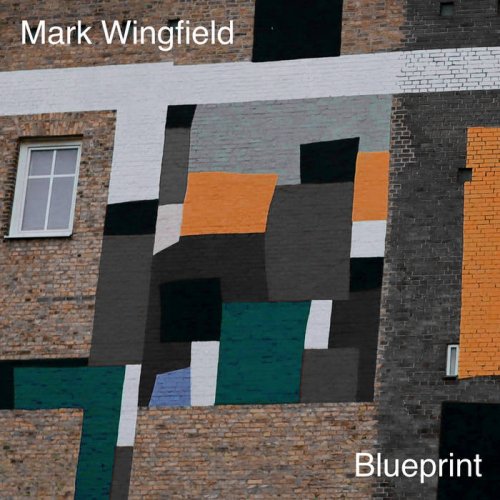Ernst Kovacic - Ludwig van Beethoven - Arnold Schönberg (2010)
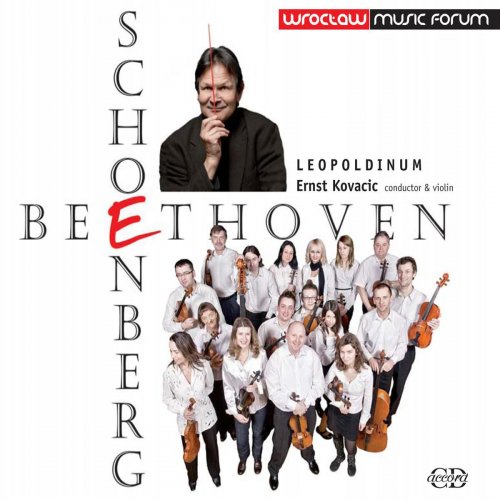
Artist: Ernst Kovacic
Title: Ludwig van Beethoven - Arnold Schönberg
Year Of Release: 2010
Label: CD Accord
Genre: Classical
Quality: flac lossless (tracks)
Total Time: 00:55:06
Total Size: 266 mb
WebSite: Album Preview
TracklistTitle: Ludwig van Beethoven - Arnold Schönberg
Year Of Release: 2010
Label: CD Accord
Genre: Classical
Quality: flac lossless (tracks)
Total Time: 00:55:06
Total Size: 266 mb
WebSite: Album Preview
01. Violin Concerto in C Major, WoO 5 (arr. J. Manen)
02. Violin Concerto in C Major, WoO 5 (arr. J. Manen)
03. 11 Waltzes for String Orchestra (Arnold Schönberg): No. 1. Kraftig
04. 11 Waltzes for String Orchestra (Arnold Schönberg): No. 2. Nicht zu rasch
05. 11 Waltzes for String Orchestra (Arnold Schönberg): No. 3. Etwas langsam
06. 11 Waltzes for String Orchestra (Arnold Schönberg): No. 4. Etwas rasch
07. 11 Waltzes for String Orchestra (Arnold Schönberg): No. 5. Rasch
08. 11 Waltzes for String Orchestra (Arnold Schönberg): No. 6. -
09. 11 Waltzes for String Orchestra (Arnold Schönberg): No. 7. Kraftig
10. 11 Waltzes for String Orchestra (Arnold Schönberg): No. 8. Getragen
11. 11 Waltzes for String Orchestra (Arnold Schönberg): No. 9. Lebhaft
12. 11 Waltzes for String Orchestra (Arnold Schönberg): No. 10. Nicht rasch
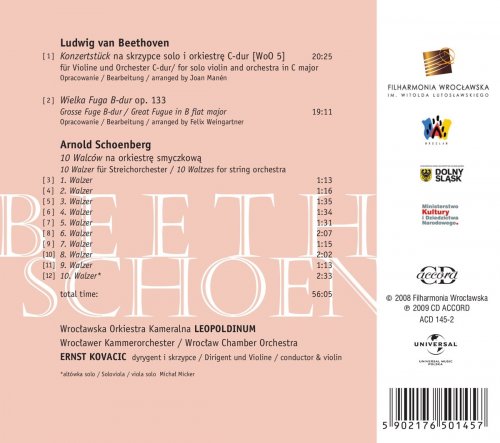
The recordings on this CD offer a rare opportunity to get acquainted with both the beginnings of a composer’s growth and the mature works written at the summit of his artistic life. The two early pieces by Beethoven and Schoenberg were virtually never performed until these two artists gained recognition as important, radical innovators in their respective periods. On the other hand, Beethoven’s late and long misunderstood Great Fugue op. 133, a unique work conceived as part of the three String Quartets dedicated to the Russian Prince Nikolai Galitsin, already foreshadows the art of such masters as Bartók and the compositional techniques of the “Viennese School” centred around Schoenberg. Though the Fugue is unique, it is nevertheless related in composition to op. 132 (in A minor), and to op. 130 (in B flat major); it was originally an integral part of the latter: its last 6th movement – the finale. It could be said without exaggeration that the two composers fit in very well with the concept of genius whose Romantic cult began with Beethoven, and came to its close with Schoenberg.
![The Mood Mosaic - Spaghetti Groove (The Italian Psychedelic Way) (2025) [Hi-Res] The Mood Mosaic - Spaghetti Groove (The Italian Psychedelic Way) (2025) [Hi-Res]](https://www.dibpic.com/uploads/posts/2025-12/1766134183_k1k4hhixemtxa_600.jpg)
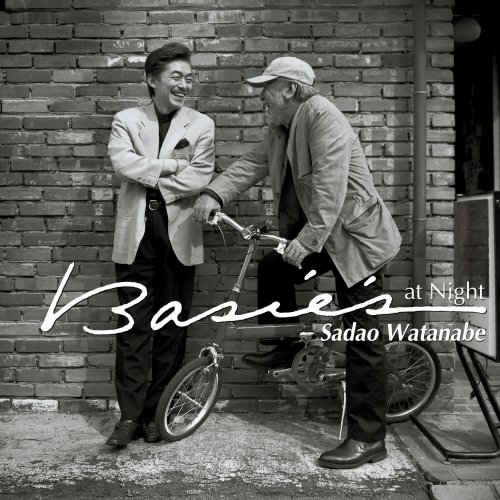
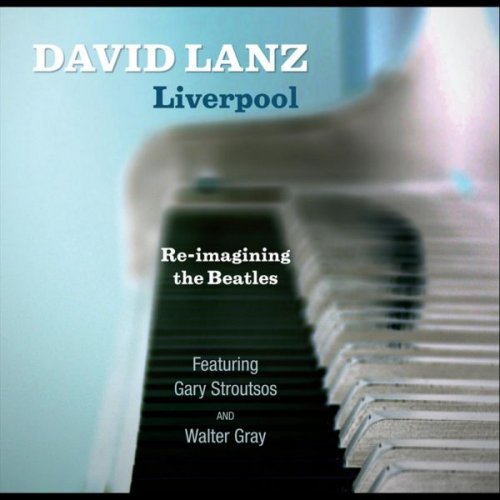
![Sergio Di Finizio - O (2025) [Hi-Res] Sergio Di Finizio - O (2025) [Hi-Res]](https://www.dibpic.com/uploads/posts/2025-12/1766111303_ri3vjk7q73zkc_600.jpg)

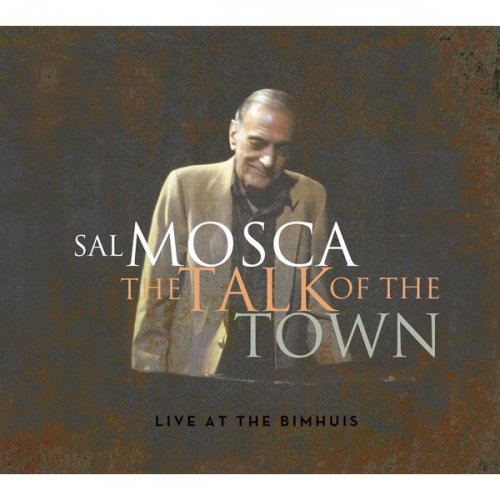
![Demo Rumudo - Second Nature (2025) [Hi-Res] Demo Rumudo - Second Nature (2025) [Hi-Res]](https://www.dibpic.com/uploads/posts/2025-12/1765883076_cover.jpg)

